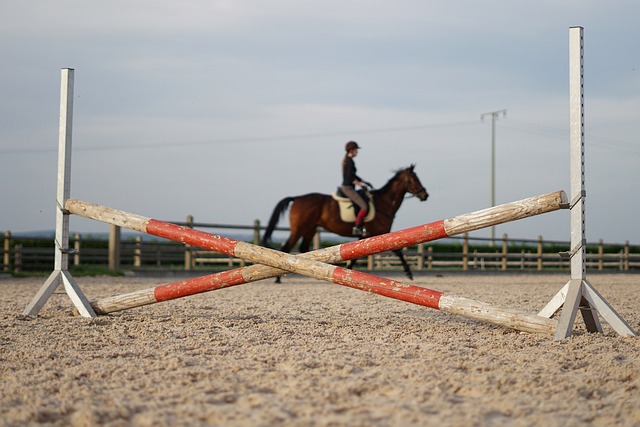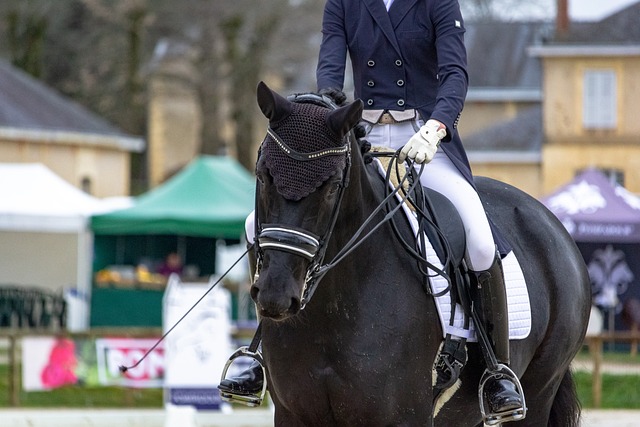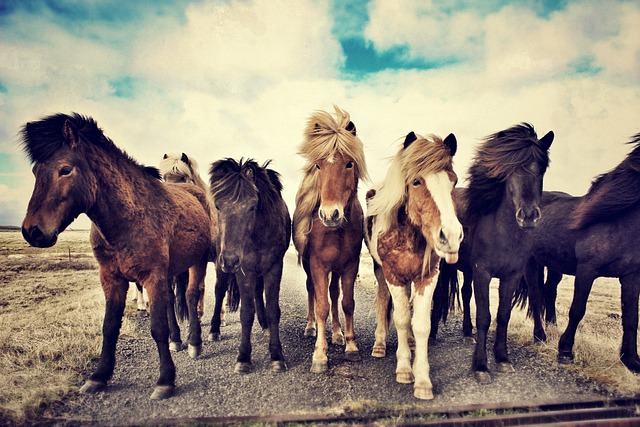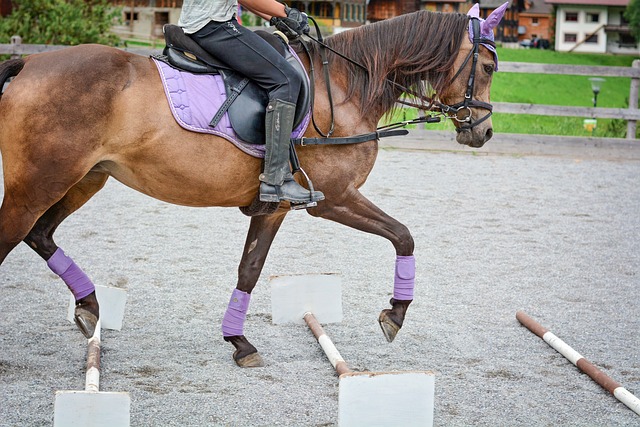
Worms, Wormers and Worm Counting
January 25, 2023
Jump course ideas for beginner horses
January 25, 2023Dressage is a highly technical and precise equestrian discipline that involves training a horse to perform a series of movements and maneuvers with grace and precision. It is often described as “horse ballet” due to the fluid, dance-like movements of the horse and rider.
One of the most basic and fundamental dressage movements is the “halt.” This involves the horse coming to a complete stop and standing perfectly still, with all four feet on the ground. To perform a halt, the rider should bring the horse’s head and neck into a vertical position, using their seat and leg to ask the horse to stop and stand still.
Another common dressage movement is the “trot.” In this movement, the horse moves forward at a jog, with its front and hind legs moving in diagonal pairs. To perform a trot, the rider should sit deep in the saddle, keeping their upper body still and their hands and arms relaxed. The rider should also use their seat and leg to ask the horse to move forward and maintain a steady pace.
One of the most impressive and challenging dressage movements is the “pirouette.” This involves the horse spinning on its hind end in a circle, while the front end remains stationary. To perform a pirouette, the rider should use their seat, leg, and hand to ask the horse to bend and flex its body, while also using their outside leg to encourage the horse to spin. It is important for the rider to maintain a balanced and centered position during a pirouette, as it requires a great deal of coordination and control from both horse and rider.
Other popular dressage movements include the “extended trot,” in which the horse stretches its body and moves forward in a long, extended stride; the “half pass,” in which the horse moves diagonally across the arena at a trot or canter; and the “piaffe,” in which the horse performs a highly elevated and collected trot in place.
Mastering these and other dressage movements requires a great deal of practice and dedication, as well as a strong bond between horse and rider. With time and effort, however, even the most complex dressage movements can be mastered and performed with grace and precision.




